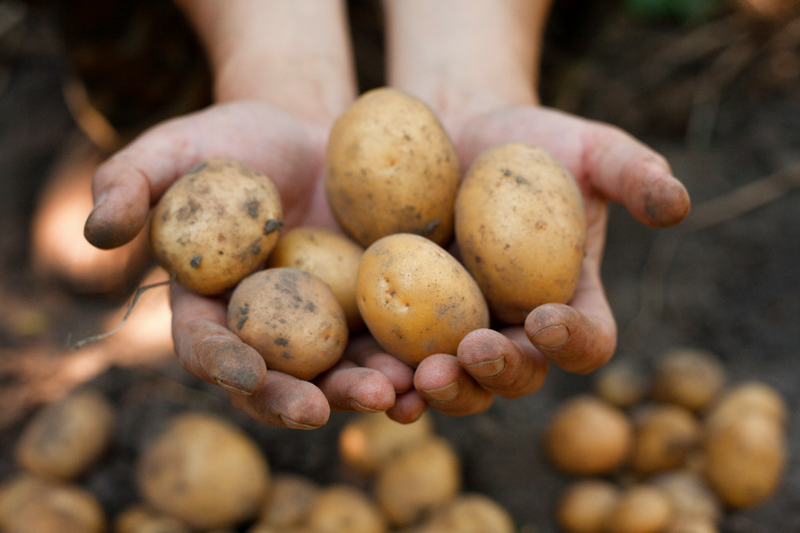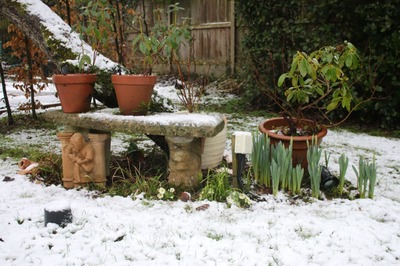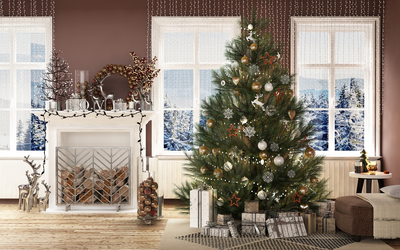How to grow and harvest potatoes at home
Baked, boiled, fried or roasted – potatoes taste great no matter how you cook them! This versatile vegetable is surprisingly easy to grow, and spring is the perfect time to plant seed potatoes. Follow our simple guide for excellent results!
Types of potatoes

Potatoes are usually classified into three types:
- First early potatoes are planted from mid to late March and harvested from late May to July.
- Second early potatoes are planted from late March to late April and harvested from June to August.
- Maincrop potatoes are planted from late March to late April and harvested from late August to October.
First and second early potatoes are often smaller than maincrops and are best eaten fresh, as they don't store well. They're especially good boiled, although many second earlies also taste great roasted or fried.
Tips on growing potatoes
- Potatoes do best in fertile, well-drained soil in full sun.
- First and second early potatoes do best if 'chitted' before being planted. To 'chit' potatoes, leave the seed potatoes somewhere cool and bright indoors so that they can sprout shoots. After 4-6 weeks, once the shoots are around 2.5 cm long, remove all but the two strongest shoots on each potato.
- As potato plants grow, they need to be covered with soil or compost. This stops light from reaching the tubers (potatoes turn green and become toxic when exposed to light) and also encourages the plant to produce more potatoes.
- If you don't have space to plant potatoes in a bed, first and second early potatoes will also grow well in large containers.

How to plant potatoes
- To grow potatoes in the ground, dig narrow, 15cm deep trenches in the soil, spaced 60cm apart for early potatoes and 75cm apart for maincrops.
- Place the seed potatoes in the trenches with any shoots pointing upwards. Space earlies 30cm apart and maincrops 40cm apart, and cover with soil.
- Once the plants reach around 25cm high, mound the soil up around their stems to produce ridges around 15cm high.
- To grow potatoes in containers, choose a large container at least 40cm deep and fill it with a 15cm layer of compost. Press the seed potatoes into the compost, spaced 25cm apart, so that they are just covered. Water and place in a sunny spot. Keep adding compost to the container regularly as the plants grow, until the container is almost full.
- Water potatoes regularly, especially during dry periods.
When to harvest potatoes
Early potatoes should be ready to harvest once the first flowers have opened, but check before harvesting by digging up one or two at the base of the plant. If the tubers still look small, leave them to grow for a couple more weeks.
For maincrop potatoes, cut the foliage down once it starts to turn yellow, then wait for a good dry day to dig up the potatoes using a garden fork.
We have a fantastic range of seed potatoes in the garden centre, so visit us today and get your spuds started!
Have more questions? Visit your local Buckerfield's and we'll be happy to help!



